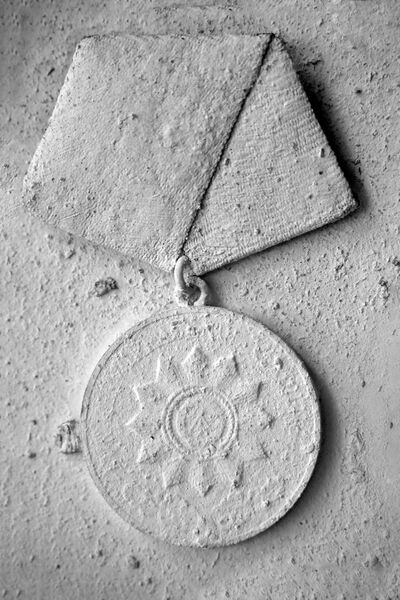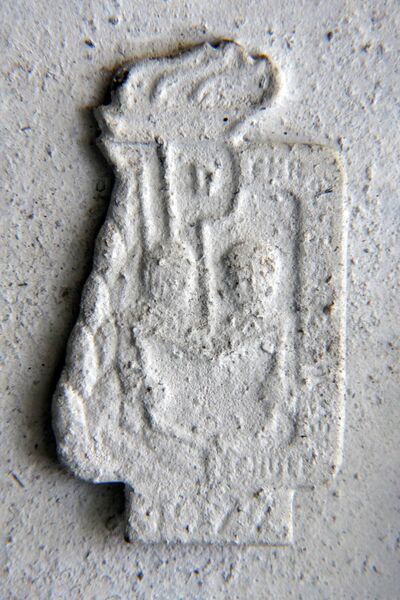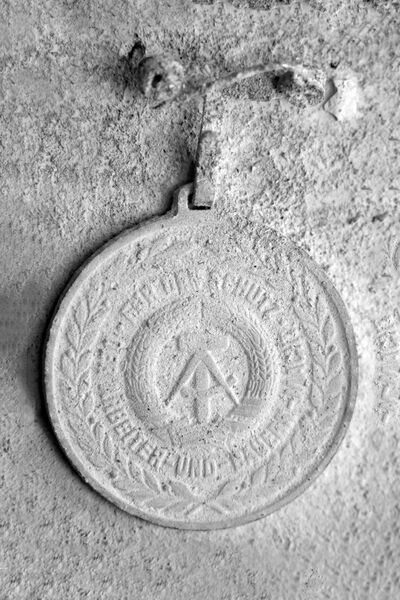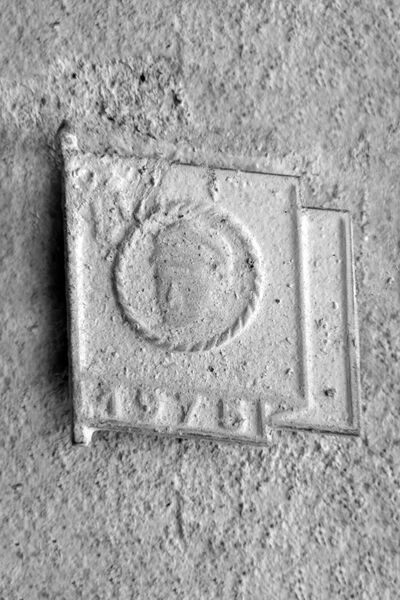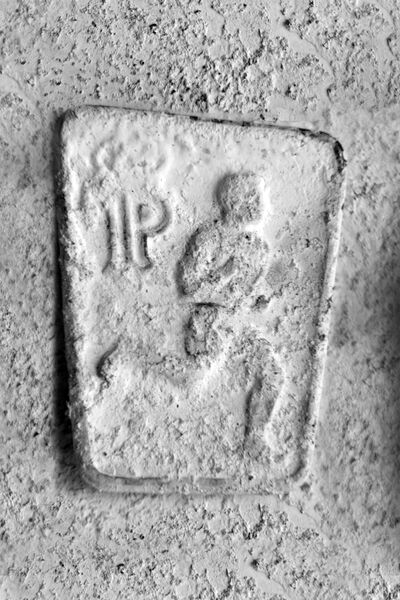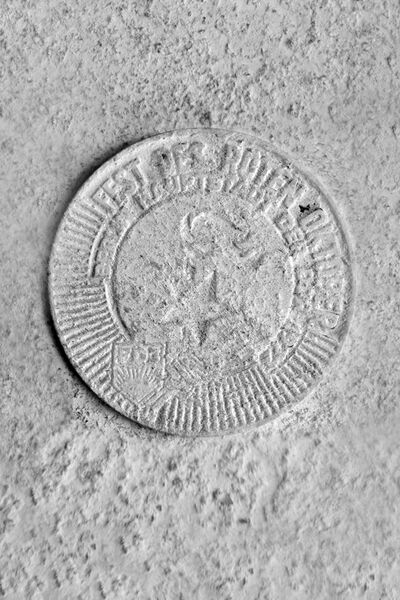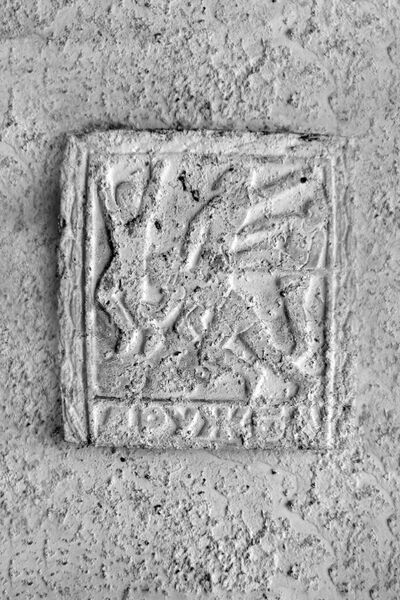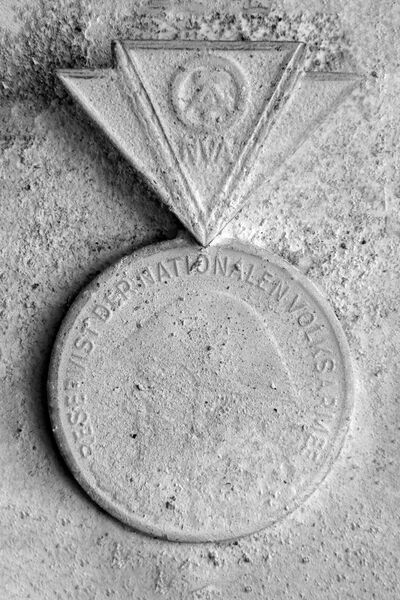Counting The Tanks, 2025
Forgotten Doctrine ( 2025)
https://www.blurb.co.uk/b/12511915-forgotten-doctrine
Counting the Tanks examines how ideology is embedded in childhood through militarised education. Using archival materials—badges and medals—it traces how belief systems are shaped through ritual and reward. Symbols of honour and belonging return here as fragile residues of control. Embedded in ash and emulsion—made from burned contemporary military-themed media and toy packaging—these materials speak to how belief hardens into institutional memory.
Close-up photographs show FDJ and Pioneers badges alongside military medals, all flattened to the same scale. This equalisation questions hierarchy, highlighting the shared ideological function of such symbols across age groups. Some artefacts also appear embedded in air-dry clay slabs—partially visible or paired with their imprint—displayed on a 100 cm-long white shelf.
The work asks us to reconsider childhood not as neutral territory, but as a site actively shaped by systems of belief and control. While not drawing direct equivalence, I note how similar impulses resurface today—in the UK, through military-themed education programmes and behaviour-monitoring technologies.
12 prints (60 × 40 cm), 12 slabs on white shelf ( 16cmX100cm)

https://www.blurb.co.uk/b/12511915-forgotten-doctrine
Counting the Tanks examines how ideology is embedded in childhood through militarised education. Using archival materials—badges and medals—it traces how belief systems are shaped through ritual and reward. Symbols of honour and belonging return here as fragile residues of control. Embedded in ash and emulsion—made from burned contemporary military-themed media and toy packaging—these materials speak to how belief hardens into institutional memory.
Close-up photographs show FDJ and Pioneers badges alongside military medals, all flattened to the same scale. This equalisation questions hierarchy, highlighting the shared ideological function of such symbols across age groups. Some artefacts also appear embedded in air-dry clay slabs—partially visible or paired with their imprint—displayed on a 100 cm-long white shelf.
The work asks us to reconsider childhood not as neutral territory, but as a site actively shaped by systems of belief and control. While not drawing direct equivalence, I note how similar impulses resurface today—in the UK, through military-themed education programmes and behaviour-monitoring technologies.
12 prints (60 × 40 cm), 12 slabs on white shelf ( 16cmX100cm)

